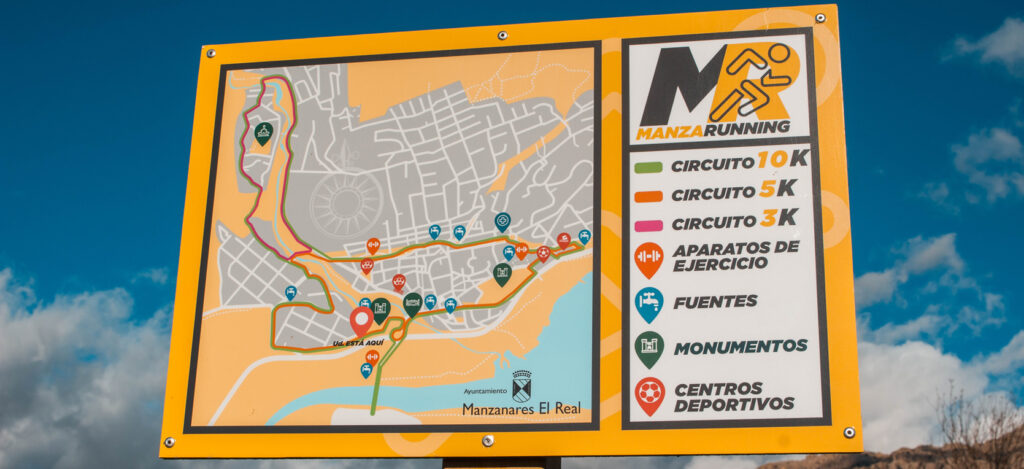Type of Traveller:
At the Manzanares El Real craft market, the first weekend of every month.
609 05 33 59 | artesanosdemanzanareselreal@gmail.com
Manzanares El Real Association of Artisans and Trades
Edificio civil
Provides artisan, traditional, and artistic activities and crafts.
Promotes the creation of shared socio-cultural spaces with a strong presence at the craft market.
Encourages the exchange of cultural and social experiences among associations, organisations, and individuals.





